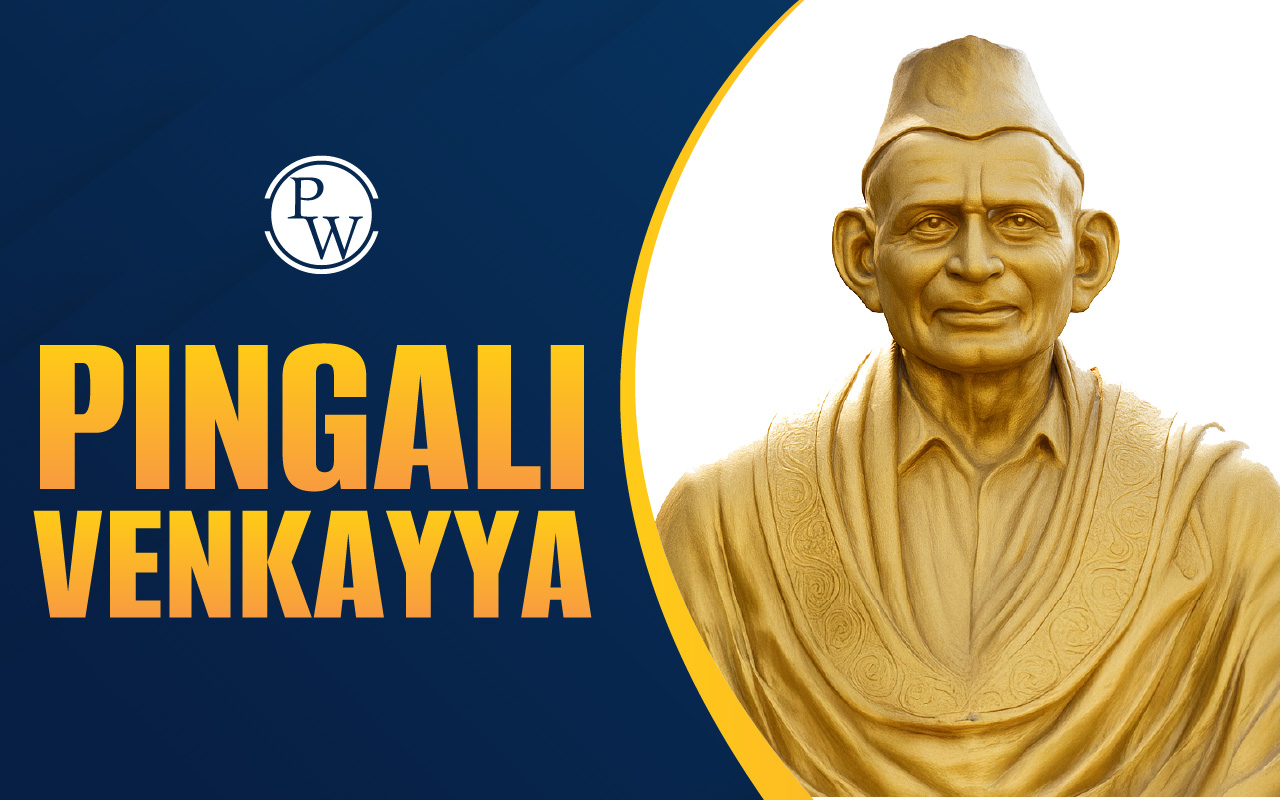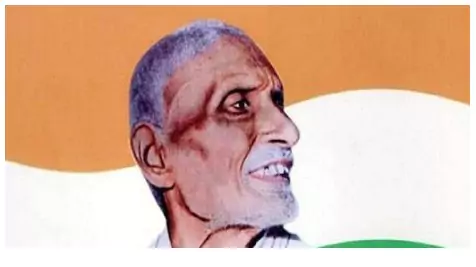Pingali Venkayya was the designer of the Indian national flag and a key figure in India’s freedom struggle. His 149th birth anniversary will be celebrated on August 2, 2025. Born in Andhra Pradesh, Venkayya was also a scholar, geologist, and patriot. His contributions are crucial for UPSC history and polity preparation.

Pingali Venkayya is known as a crucial figure in India’s freedom fight for his role in designing the national flag. The tricolour that waves across the country today is inspired by his vision about India as it underwent minor changes before its official adoption. Every year, Pingali Venkatta’s birth anniversary is celebrated on August 2.
Pingali Venkayya also contributed significantly as a scholar, agricultural expert, and advocate for India’s freedom. Today, he is fondly remembered as “Jhanda Venkayya”. However, his impact extends far beyond the flag. He played an active part in reinforcing his deep commitment to nation-building. Knowing about Pingali Venkayya’s contributions and role in India’s freedom fight helps UPSC aspirants strengthen their knowledge and exam preparation.
The birth anniversary of Pingali Venkayya in 2025 marks a moment of deep national reflection and pride. Vangayya was born on August 2, 1876, in Bhatlapenumarru in Andhra Pradesh.

This year, India will commemorate Pingali Venkayya’s 149th birth anniversary. On this day, many cultural and official events take place across the country, especially in Andhra Pradesh, including seminars, flag-hoisting ceremonies, photo exhibitions, and more.
List Of International National Days 2025 Month-Wise List
Pingali Venkayya was a dedicated Indian freedom fighter and the visionary behind the design of the national flag. He was born on 2nd August 1876 in Bhatlapenumarru, a village near Machilipatnam in Krishna District, Andhra Pradesh. He was a dedicated follower of Mahatma Gandhi. His design of the national tricolour later became the official flag of independent India, symbolising unity and freedom.
Venkayya received his early education in Challapalli and later moved to the Hindu High School in Machilipatnam. He went to Colombo for higher studies, where he completed his Senior Cambridge and studied Political Economics at City College. He also trained as a plague inspector in Madras and briefly worked in Bellary.
Despite his major contributions to the nation, especially in designing the national flag, his life and efforts have not been widely documented. He passed away on 4 July 1963 at the age of 86.
Pingali Venkayya led a dynamic professional life. At the young age of 19, he joined the British Indian Army and took part in the Second Boer War in South Africa. After returning from the war, he worked as a railway guard for some time and then turned his focus to farming. He spent much of his later years studying agriculture, especially cotton cultivation.
He was deeply involved in fields like geology, agriculture, education, and languages. In 1913, he delivered a speech in Japanese at Bapatla. His fluency in Japanese language earned him the title “Japan Venkayya.” His research on Cambodia Cotton, a special variety of cotton, earned him another title, “Patti Venkayya.”
In March 1921, during a meeting of the Indian National Congress held in Vijayawada, then known as Bezawada, Mahatma Gandhi spoke about the need for a national flag. Pingali Venkayya, who was present at the event, met Gandhi at the Victoria Museum and showed him an early version of the flag. His initial design included saffron and green, representing Hindus and Muslims.
Later, he added a white band to symbolise peace, and a spinning wheel (charkha) was placed at the centre to represent self-reliance and the goal of Swaraj. The flag designed by Venkayya became a powerful symbol of unity and gave a distinct identity to the Indian freedom movement. In 1931, his design was officially adopted by the Indian National Congress.
Pingali Venkayya made remarkable contributions to India’s independence movement and national identity. His early interaction with Mahatma Gandhi in South Africa influenced him to fight for the cause of freedom and this started his patriotic journey. A firm believer in Gandhian ideals, Venkayya dedicated his life to the cause of freedom.
Here are his key contributions:
Ready to boost your UPSC 2026 preparation? Join PW’s UPSC online courses today!
Pingali Venkayya's birth anniversary 2025 will be celebrated on Saturday, August 2.
Pingali Venkayya was a freedom fighter prominently known as the designer of the Indian national flag.
Pingali Venkayya’s birth place is Bhatlapenumarru, a village near Machilipatnam in Krishna District, Andhra Pradesh.
Pingali Venkayya designed the national flag of India, and it was adopted by the Indian National Congress in 1931.
The first Indian flag designed by Pingali Venkayya included saffron and green colours as a representation of Hindus and Muslims.

<div class="new-fform">
</div>